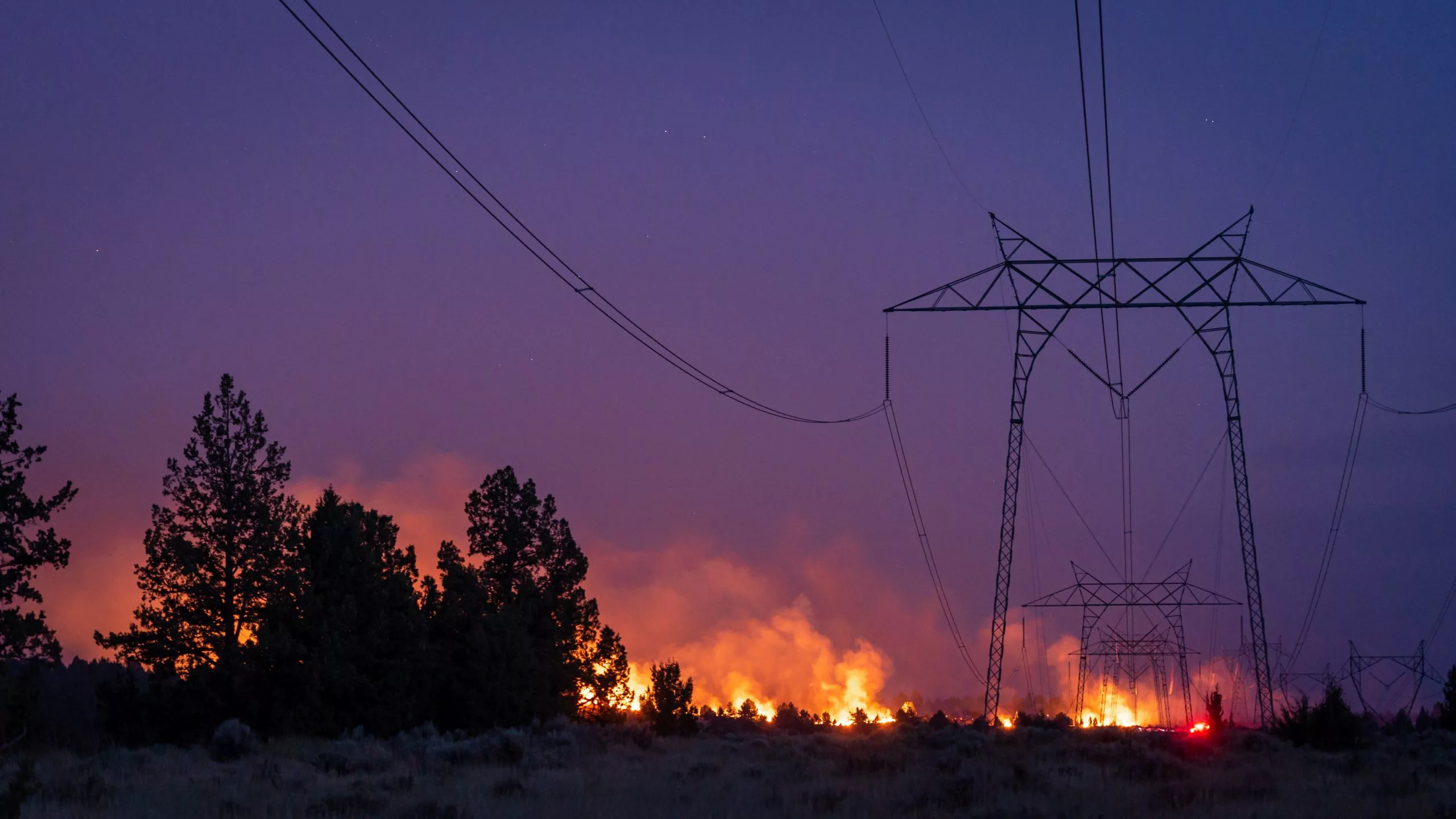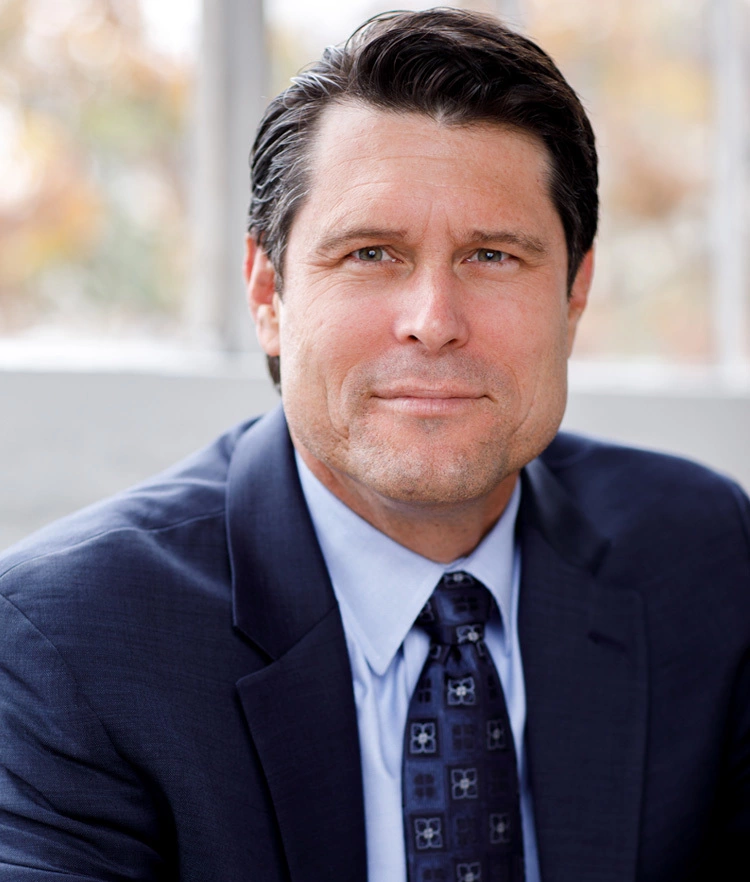
Gov. Gavin Newsom signed Assembly Bill 1054 (“AB 1054”), also known as the California Wildfire Fund (the “Fund”), in July 2019. The Fund provides the state’s investor-owned utility companies (PG&E, Southern California Edison, SDG&E) $21 billion in insurance protection. The Fund protects a utility company from bankruptcy by helping pay for wildfire damages that exceed $1 billion. AB 1054 was created to encourage utility companies “to invest in safety and improve safety culture to limit wildfire risks and reduce costs,” and in return, the utility companies receive financial protection. Prior to AB 1054, the burden was on utility companies to prove they acted responsibly. However, after AB 1054, as long as the utility company obtained a safety certification issued by the state, utility companies are presumed to have acted responsibly.
To obtain safety certification issued by the state, utility companies are required to implement certain safety measures. After receiving safety certification, a utility company can then recover certain costs and expenses arising from wildfires if the California Public Utilities Commission (“CPUC”), who regulates investor-owned electric companies, determines the following:
1) Fire was caused by the utilities’ equipment;
2) Damages exceed $1 billion;
3) Total damages are not covered by insurance; and
4) Utility company acted responsibly and its conduct was just and reasonable.
Logistics for Payment
If PG&E seeks money from the Fund for damages stemming from the Dixie Fire, this would be the first time the process has been used. First, PG&E is required to pay, or enter into a binding commitment to pay, all liability arising from the Dixie Fire. PG&E can pay for eligible claims (claims for damages that exceed $1 billion or exceed insurance coverage) on a rolling basis by pulling from the Fund, which is a revolving liquidity fund. PG&E, Southern California Edison, and SDG&E made an initial contribution of $4.8 billion into the Fund in 2019. They are required to contribute $300,000 annually for the next decade. Ratepayers are currently paying a $2.50 monthly surcharge (not an increased rate) through 2036. Together, the utility companies and ratepayers are expected to each contribute 50% into the Fund, which is expected to ultimately grow to $21 billion.
Second, PG&E can file an application to CPUC to recover costs and expenses arising from the Dixie Fire. CPUC will then determine whether PG&E’s conduct was reasonable (i.e., if it was done in good faith given the circumstances and based on all information available at the time). Since PG&E had a valid safety certification during the time the Dixie Fire ignited, PG&E’s conduct is presumed to be reasonable unless a party to the proceeding creates serious doubt as to the reasonableness of PG&E’s conduct (i.e., PG&E’s conduct constituted “conscious or willful disregard of the rights and safety of others”). If PG&E did not have a valid safety certification during the time the Dixie Fire ignited, PG&E would have had the burden of proving that its conduct was reasonable by a preponderance of evidence.
PG&E has $900 million in insurance for 2021, which means it will only need to spend $100 million for the Dixie Fire if it qualifies for reimbursement from AB 1054. Ultimately, AB 1054 ensures that the victims of the Dixie Fire (and other wildfires) will be compensated for their losses as these utility companies are likely protected from the threat of bankruptcy.
Dixie Fire Victims Can Seek Compensation from PG&E
Contact our experienced California wildfire attorneys if you’ve experienced property damage or loss caused by the Dixie Fire or another wildfire started by a power company, or if you or a loved one has incurred hospitalization, severe burns or other physical injuries, wrongful death, psychological trauma, or other long-term health issues.
Get more information about our Dixie Fire lawsuit, find Dixie Fire updates, or contact Singleton Schreiber today to schedule your free claim evaluation and seek Dixie Fire compensation.
Written by: Gerald Singleton and Tommy Vu
- Managing Partner
Gerald Singleton began his legal career as a trial attorney at Federal Defenders of San Diego in 2000, where he represented federal criminal defendants in the Southern District of California and before the Ninth Circuit Court of ...

